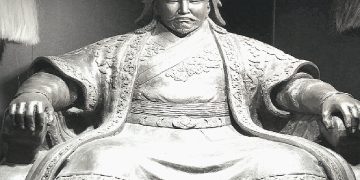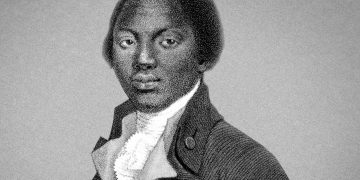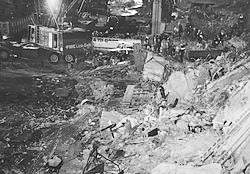Hong Kong is a small island group located off mainland China that was under British rule from 1841 to 1997.
Due to its location Hong Kong has a long maritime history serving as a fishing port, trading station and haven for smugglers.
Europeans began trading with China in the sixteenth century. Merchants travelled overland from Eastern Europe along the ‘silk road’.
Europeans became interested in the ‘safe harbour’ (Hong Kong) realising that it could be used to link trade between Europe, India and China.
The British East India Company, established in 1600, traded in cotton, silk, indigo dye, saltpetre, tea, and opium. Hong Kong was used by ships from the British East India Company as a trading base. By the late eighteenth century there was a huge demand in Britain for Chinese silk, tea and porcelain. In a bid to offset the large amount of British currency flowing into China, Britain tried to increase the sale of Indian opium to the Chinese. In 1799 the Chinese banned the trading of opium, however, this only had the effect of pushing the trade underground.
In 1839 the Emperor of China gave Lin Zexu the task of stopping the illegal opium trade. Zexu’s first move was to forcibly confiscate and burn opium from the British. The British retaliated by sending gunships and troops thus beginning the First Opium War 1839 – 1842. The Chinese were unable to match the British and on 26th January 1841 British troops formally occupied Hong Kong.
In 1842 the Chinese agreed peace terms which included the secession of Hong Kong to Britain by the terms of the Treaty of Nanjing.
Apart from a period of Japanese occupation during World War Two, Hong Kong remained under British control until it was returned to the Chinese in 1997.












